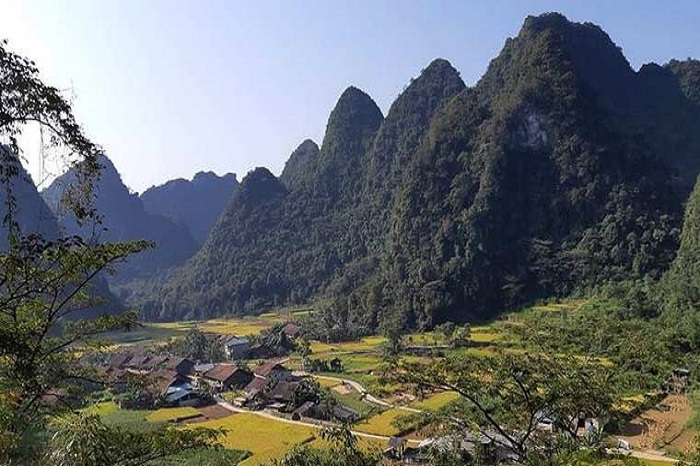
Visit Cao Bang in 2 or 3 days, what to do?
- on Feb 11, 2020 By: BN
Cao Bang province located in the northeast of Vietnam is a region of raw beauty, a real land of adventure that appeals to lovers of nature as well as those of history and culture. An off-the-beaten-path destination, the region offers breath-taking limestone landscapes and some natural wonders such as the famous Ban Gioc Waterfall, known to be one of the most spectacular waterfalls in Southeast Asia. In 2 or 3 days, you will be dazzled by all that Cao Bang has to offer!
What to do in Cao Bang in 2 days?
For these 2 days of discovery, we advise you to have some base knowledge about Cao Bang city, eponymous capital of the province that we invite you to visit. During the colonial era, Cao Bang was a strategic city which controlled communications between North Vietnam and China. The French colonial authorities had established there a veritable fortress with its citadel and its garrison made up of hundreds of legionaries, Moroccan Goumiers and supporters. On the morning of the first day in Cao Bang, after discovering the bustling central market, you can go to where the citadel once stood.
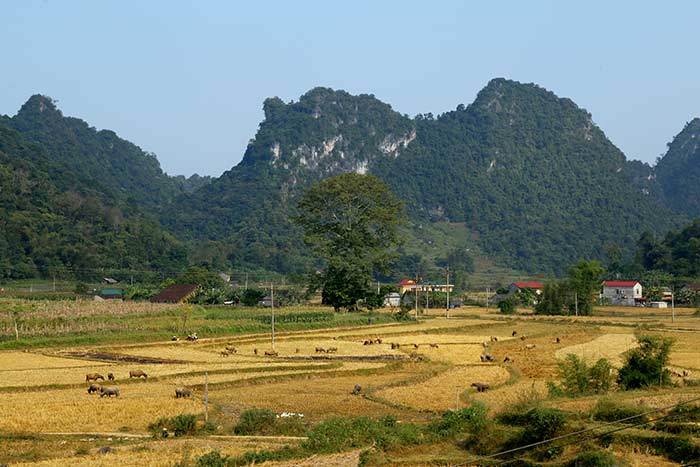
You can see some pieces of its ramparts and the former main post occupied today by the Vietnamese army. At the end of 1949, Mao's troops took control of the Chinese border areas, after having expelled the nationalists with Tchang Kai-chek. From this date, China hosted Viet Minh training camps, where units were organized, trained and equipped in a modern way, not only for guerrilla warfare but also for conventional war, including with support artillery. Deemed indefensible by the French army, the decision to evacuate Cao Bang was taken in October 1950 and led to an unprecedented disaster to which we will return later.
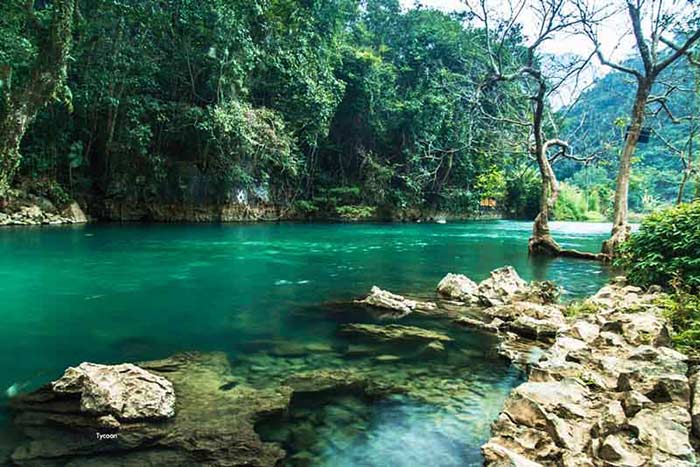
Staying in an area full of these historical values, we can go for this first day in the north of Cao Bang to discover Pac Bo historical site. This place, located in a natural setting of rare beauty, is closely tied to the revolutionary life of Ho Chi Minh. In 1941, after returning from thirty years abroad, it was in the Coc Bo cave that the father of the nation found refuge and began the long journey which would lead to the independence of the nation. This is an opportunity to take a superb walk in the countryside bristling with limestone peaks. Along the way, you can enjoy this beautiful countryside lined with rice fields and observe the agricultural activities taking place there.

The second day, we will leave to discover a must-see place in Cao Bang province and one of the most magnificent natural sites in Vietnam: Ban Gioc Waterfall. The majestic Ban Gioc Waterfall is on the border with China, falling from a height of 30 m and is divided into three groups separated by rocky spurs spread over a total width of more than 300m. The natural setting in which the Ban Gioc Fall nestles is absolutely magnificent, a circus of karst peaks covered with dense lush vegetation. Located 85 kilometres from Cao Bang city, going to Ban Gioc Waterfall is a good pretext to discover the superb Vietnamese countryside and the limestone landscapes so characteristic of this province. Along the way, stop at the Nguom Ngao cave, one of the most beautiful caves in northern Vietnam. Over two kilometres long, the Nguom Ngao Cave is home to impressive geological formations, including incredible concretions and superb stalactites and stalagmites skilfully enhanced by subtle lighting.
What to do in Cao Bang in 3 days?

The lovers of hiking and unprecedented encounters can take advantage of these 3 days to go on an itinerant excursion in this beautiful area. During these 3 days of hiking along the Chinese border, you will discover some of the most spectacular landscaped sites in Vietnam. The region is a veritable labyrinth of karst peaks at the feet of which nestle villages and hamlets of ethnic minorities such as the Tay, Nung or Dao. The two nights with the locals will be a unique opportunity to understand the fascinating culture of these ethnic groups who have preserved their ancestral traditions.
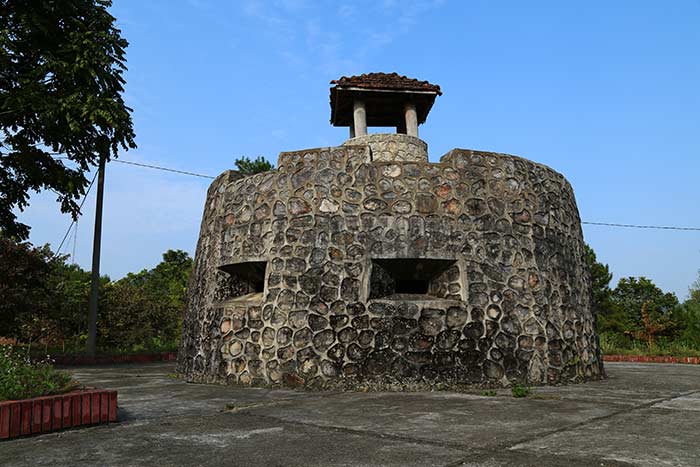
History buffs will embark on the old colonial route, the famous RC4 which linked Cao Bang to Lang Son to continue towards Hanoi or Haiphong port. This road, known at the time as the "bloody road" because of the numerous ambushes, was the scene of a terrible battle in October 1950 during the evacuation of Cao Bang and Lang Son. A sumptuous road that winds through a grand limestone maze that will take you to the old military posts of Dong Khe and That Khe where you can see some remnants of the French presence.
Related articles:
>> Ba Be Lake excursion, travel diary
Comment
Other Blog
Categories
Latest News
on 27 Apr, 2023      
on 15 Apr, 2023      
on 28 Mar, 2023      
 Español
Español Français
Français






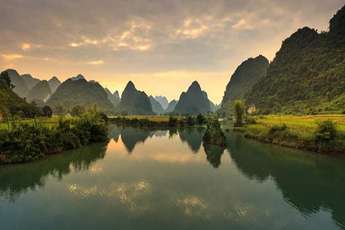
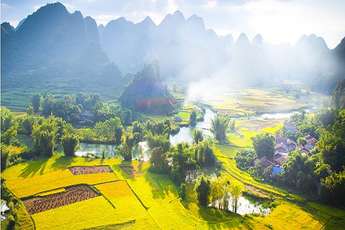
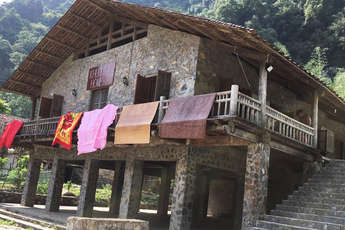
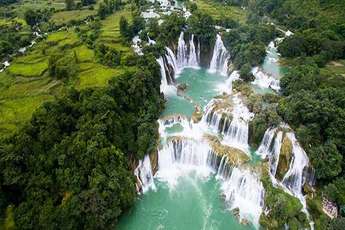







F
on Jan 3, 2024Igor Mozetic
on Apr 8, 2023Ira Beale
on Feb 10, 2023Phạm Phú Toàn
on Jan 28, 2023Max Stover
on Jan 11, 2023